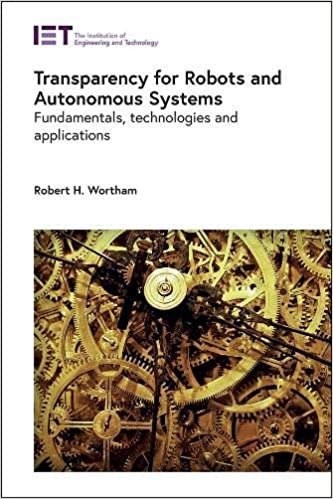Transparency for Robots and Autonomous Systems (PDF) provides important insights into transparency in robots and autonomous systems for industry, engineers, and academic researchers working on intelligent autonomous system design, human-robot interaction, AI, and machine ethics. It also provides points of interest for professionals developing governmental or organizational policies and criteria for the design of intelligent autonomous and AI systems, and standard and government bodies working in the developing applications of AI.
Based on empirical evidence and scientific understanding of how humans comprehend and interact with robotic and autonomous systems, the author studies the concerns that have been raised around the placement of robots and AI in human society and the potential for harm and disruption. He clarifies why transparency ought to be a basic design consideration for Human-Computer Interaction (HCI) and artificial intelligent systems. Beginning with a survey of global research in the field and what transparency means in the broader context of control, trust, and ethics, the author then presents a transparent robot control architecture and the influence of transparency using real-time displays. He provides a case study of a muttering robot and includes current and upcoming standards for transparency, along with future perspectives for the design, manufacture, and operation of autonomous robotic systems.
Particularly, chapters cover transparency in the wider context of trust; the impact of transparency using real-time displays, a transparent robot control architecture, transparency using audio – the Muttering Robot, the impacts of appearance on transparency, synthesis, and other work, and numerous examples of Instinct reactive planner commands.
NOTE: The product only includes the ebook, Transparency for Robots and Autonomous Systems in PDF. No access codes are included.






Reviews
There are no reviews yet.